Maple Leaf Indica
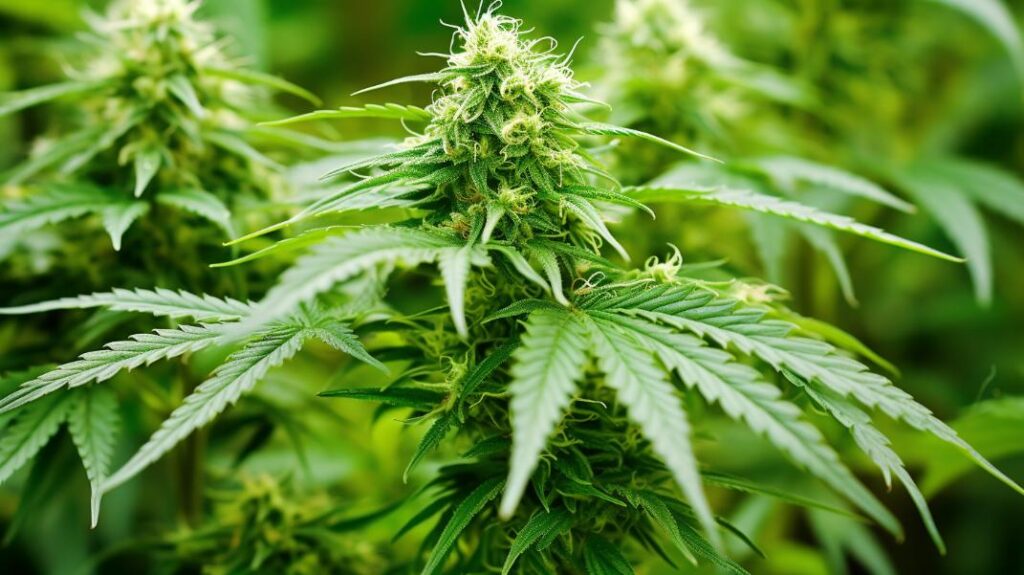
The Maple Leaf Indica strain, with its pure indica lineage tracing back to Afghan origins, presents a fascinating case study in the world of cannabis genetics. Esteemed for its potent body effects and the capacity to induce profound relaxation, this strain’s attributes extend to its sweet, resinous buds and a terpene profile that evokes a sense of nostalgia.
As we explore the genetic makeup, THC/CBD content, and distinctive terpene profile, a broader understanding of its profound effects on both recreational and medicinal users emerges. This exploration raises intriguing questions about the strain’s unique position in the cannabis industry, particularly in comparison to its contemporaries and its contribution to high-quality hashish production.
Genetic Lineage
Maple Leaf Indica’s genetic lineage can be traced back to a particularly sweet Afghani phenotype originating from the Hindu Kush region, highlighting its rich heritage and the basis for its distinct characteristics. This connection to the Hindu Kush, a region renowned for producing potent cannabis strains, underscores Maple Leaf Indica’s strong indica roots, which are evident in its growth patterns, physical effects, and sensory profiles. The strain’s direct descent from a sugary sweet Afghani phenotype not only contributes to its unique taste, reminiscent of maple syrup, but also to its dreamy sedative effects that are characteristic of indica varieties.
The buds of Maple Leaf Indica, dense, gooey, and adorned with orange pistils, are a testament to its indica dominance, showcasing the strain’s ability to produce a high resin content—a trait inherited from its Afghani ancestor. Additionally, its distinctive bouquet, blending notes of hash, citrus, and incense, further emphasizes the strain’s complex genetic makeup and indica heritage. Known for its old-school couchlock effects, Maple Leaf Indica epitomizes the quintessential qualities of classic indica strains, offering a deep, body-focused experience that has made it a favorite among enthusiasts seeking relaxation and sedation.
THC/CBD Content
The THC content in the Maple Leaf Indica strain typically ranges from 18% to 22%, while the CBD levels usually remain below 1%. This particular cannabinoid profile suggests that the Maple Leaf Indica strain prioritizes a potent psychoactive experience over CBD-related therapeutic effects, which are generally associated with higher CBD concentrations. The relatively high THC content indicates that this strain can deliver a strong, euphoric high, which is often sought after by recreational users. Meanwhile, the minimal presence of CBD might limit the strain’s effectiveness in mitigating anxiety or other conditions where CBD has demonstrated benefits.
Despite the low CBD content, the balanced THC/CBD ratio in Maple Leaf Indica is reported to produce mild and pleasant effects, suggesting that the psychoactivity of the THC is modulated to some extent, possibly by other compounds within the plant or by the specific THC/CBD interaction. This balance could contribute to the strain’s purported relaxing and euphoric experience, making it a potential option for users seeking relief from stress or pain without the overwhelming intensity that can come from strains with higher THC levels.
Variations in the THC and CBD content can occur due to differences in phenotypes or growing conditions, indicating that the cannabis cultivation environment plays a significant role in the final cannabinoid profile of the Maple Leaf Indica strain. This variability underscores the importance of controlled cultivation practices to achieve the desired therapeutic and recreational outcomes.
Terpene Profile
Delving into the terpene profile of the Maple Leaf Indica strain reveals a complex array of flavors and aromas, including honey, butter, and a distinctive sweetness, which significantly contributes to its sensory appeal and therapeutic potential. This unique combination not only enhances the overall experience of consumption but also highlights the strain’s versatility in appealing to both novice and experienced users alike.
-
Honey: The presence of this flavor suggests a terpene profile rich in myrcene, known for its sedative qualities and ability to enhance the entourage effect, leading to a more profound experience of the strain’s potency.
-
Butter: This characteristic points towards a high level of beta-caryophyllene, which interacts with the body’s CB2 receptors, potentially offering anti-inflammatory benefits and contributing to the strain’s physical relief properties.
-
Sweetness: This aspect, reminiscent of maple syrup, indicates a likely abundance of limonene and linalool, terpenes that are associated with uplifting mood effects and anxiety reduction, respectively.
The Maple Leaf Indica’s terpene profile not only defines its unique sensory profile but also underscores its potential therapeutic applications, from mood enhancement to physical relaxation, making it a noteworthy variety in the cannabis landscape.
Effects
Exploring the effects of the Maple Leaf Indica strain reveals a nuanced spectrum of sensations, including induced sleepiness, a tingling sensation, and an increase in appetite, as documented by feedback from fifty users. This Indica-dominant variety, cultivated by Sensi Seeds, showcases a robust profile that leans heavily towards providing a deeply relaxing and sedative experience. The predominance of sleepiness as a reported effect aligns with the strain’s genetic predispositions towards relaxation and tranquility, making it a sought-after option for those looking to unwind.
The tingling sensation, often described as a pleasant bodily buzz, underscores the strain’s ability to engage the user’s sensory experiences in a unique manner. This effect, coupled with the notable increase in appetite, points towards a holistic approach to relaxation, where physical sensations and bodily needs are both addressed.
However, it’s crucial to acknowledge the strain’s common negative effects, which include headaches, dry mouth, and feelings of paranoia. These adverse reactions highlight the importance of dosage control and the individual variability in cannabis experiences. The flavors of honey, butter, and sweet further contribute to Maple Leaf Indica’s distinct sensory profile, offering an appealing palette to complement its effects.
Medical Uses
Building on its effects profile, Maple Leaf Indica also demonstrates significant potential in addressing medical conditions, as evidenced by user-reported outcomes in insomnia, pain, and stress relief. The quantifiable benefits reported by users highlight the strain’s medicinal versatility and efficacy.
In a detailed, analytical review of the medical applications of Maple Leaf Indica, several key areas emerge as particularly noteworthy:
-
Insomnia Relief: With 43% of users reporting improved sleep, Maple Leaf Indica stands out as a potent sleep aid. Its sedative properties suggest a significant impact on sleep quality and duration, making it a valuable option for those suffering from sleep disorders.
-
Pain Management: Approximately 41% of users find relief from various forms of pain, underscoring Maple Leaf Indica’s analgesic effects. This encompasses both chronic pain conditions and acute discomfort, indicating a broad spectrum of pain-relieving capabilities.
-
Stress Alleviation: With 38% of users experiencing reduced stress levels, the strain’s anxiolytic qualities are evident. This capacity for stress relief not only contributes to mental health but also supports overall well-being by mitigating the adverse effects of chronic stress.
Flavor and Aroma
Transitioning to the sensory characteristics of Maple Leaf Indica, the strain’s flavor and aroma profile distinguishes itself through a complex blend of fruity sweetness and nuanced sour notes. Connoisseurs and casual smokers alike commend its taste as among the finest in cannabis varieties, characterized by a pronounced sweetness that leaves a memorable aftertaste. This particular strain exhibits a remarkable consistency in taste across different plants, despite variations in the balance between sweetness and sourness. This consistency not only underscores the strain’s genetic stability but also ensures a reliable sensory experience for users, in line with expectations set by privacy policy standards in product description and consumer experience.
The aroma complements the flavor profile, weaving together a tapestry of scents that include hashy undertones enriched with maple syrup, grapefruit, and subtle berry hints. This aromatic complexity contributes to Maple Leaf Indica’s reputation as a unique and enjoyable selection for cannabis aficionados. The interplay between its flavor and aroma encapsulates the strain’s essence, offering a sophisticated and deeply satisfying smoking experience that adheres to the highest standards of quality and privacy policy in the cannabis industry.
Appearance
Moving beyond its olfactory and gustatory appeal, the visual presentation of Maple Leaf Indica also commands attention, characterized by dense, gooey buds adorned with vibrant orange pistils. This strain’s allure is not just limited to its aromatic and flavor profiles; its visual characteristics are equally compelling, underlining the meticulous genetic selection and cultivation practices that have gone into its development.
The appearance of Maple Leaf Indica is a testament to its indica lineage, showcasing:
- Fat, sticky flowers that embody the classic indica structure, suggesting a high concentration of resinous trichomes.
- A rich tapestry of colors, with the deep green foliage serving as a backdrop to the fiery orange pistils that seem to ignite the surface of each bud.
- A compact, branchy growth habit, which, while more relevant to cultivation, contributes to the dense formation of the buds, enhancing their visual appeal and tactile experience.
Technical analysis of Maple Leaf Indica’s appearance reveals a strain that has been optimized for both visual appeal and potency. The dense, gooey texture of the buds, combined with their complex coloration, makes Maple Leaf Indica a visually striking strain that stands out in the cannabis landscape.
Grow Information
Maple Leaf Indica’s cultivation profile is remarkably user-friendly, making it an accessible option for growers of all experience levels, from novice to expert. Its low-maintenance nature and adaptability to various indoor cultivation environments underscore its appeal. The strain thrives in controlled settings, producing short, branchy plants that seldom exceed 1m in height. This compact stature renders it particularly suited for the Sea of Green (SOG) technique or micro-grow setups, maximizing space efficiency and yield potential.
Cultivating Maple Leaf Indica indoors, growers can anticipate a swift flowering period of merely 8 weeks, culminating in the harvest of fat, sticky flowers renowned for their potency and the ability to induce a state of deep sleep. The dense, resinous buds, adorned with vibrant orange pistils, are a testament to the strain’s old-school couchlock effects that are highly sought after.
For those in warmer climates, cultivating Maple Leaf Indica outdoors presents an opportunity to harness its full potential. Under optimal conditions and with vigilant care to mitigate humidity spikes, outdoor plants can ascend to heights of 2m and transform into prolific producers. Such versatility and ease of cultivation make Maple Leaf Indica a valued strain among cannabis growers.
Adverse Effects
While the cultivation of Maple Leaf Indica presents a straightforward and rewarding process, it is essential to address the potential adverse effects experienced by some users, including headaches, dry mouth, and instances of paranoia. Despite its many benefits, the consumption of Maple Leaf Indica, like any cannabis strain, can lead to certain negative side effects that vary in intensity and occurrence among different individuals. These effects are crucial to consider for both recreational users and medical cannabis patients when choosing this strain for their needs.
The most commonly reported adverse effects associated with Maple Leaf Indica include:
-
Headaches: A significant number of users have reported experiencing headaches after consuming Maple Leaf Indica. This effect could potentially detract from the overall experience and benefits sought from this strain.
-
Dry Mouth: Often referred to as ‘cottonmouth,’ this condition is a frequent side effect of many cannabis strains, including Maple Leaf Indica. It is characterized by a noticeable dryness in the mouth, which can be uncomfortable but is generally manageable with hydration.
-
Paranoia: A less common but noteworthy adverse effect is the feeling of paranoia. Some users have reported experiencing paranoid thoughts after using Maple Leaf Indica, which could be unsettling, especially for individuals prone to anxiety or those new to cannabis use.
Understanding these potential adverse effects is vital for users to make informed decisions and manage their consumption of Maple Leaf Indica effectively.
Comparisons with Similar Strains
In comparing Maple Leaf Indica with strains of similar lineage, its unique attributes and effects emerge distinctly, particularly when juxtaposed with Afghan Kush, Skunk Kush, Cali Orange Bud, American Dream regular, and Hindu Kush regular.
The shared Afghan genetics between Maple Leaf Indica and Afghan Kush highlight a common foundation, yet Maple Leaf Indica distinguishes itself with a more pronounced sweet, honey-like flavor profile, contrasting the earthier tones of Afghan Kush. This difference in flavor complexity is pivotal for connoisseurs seeking a nuanced tasting experience.
While both Maple Leaf Indica and Skunk Kush derive from esteemed lineages, Maple Leaf Indica’s indica dominance crafts a more sedative and relaxing experience, diverging from Skunk Kush’s hybrid vigor that tends to offer a more balanced high. The comparison with Cali Orange Bud further underscores Maple Leaf Indica’s predisposition for deep relaxation over Cali Orange Bud’s citrus-infused, uplifting effects.
American Dream regular, offering a balanced effect and a contrasting terpene profile, provides a different sensory journey compared to Maple Leaf Indica’s deeper, more sedative stone. However, it is in the comparison with Hindu Kush regular that Maple Leaf Indica finds its closest relative, sharing not only deep indica roots but also a potent body stone effect, underscoring their mutual heritage and the profound physical relaxation they both facilitate.
These comparisons illuminate the unique position of Maple Leaf Indica within the pantheon of similar strains, offering users a distinctive experience rooted in its rich genetic heritage.
Research and Studies
Despite its popularity among cannabis connoisseurs, the Maple Leaf Indica strain has yet to be the focus of rigorous scientific research or clinical trials. This lack of formal study leaves a significant gap in our understanding of its specific effects, medical benefits, and overall chemical profile. As it stands, the knowledge base surrounding Maple Leaf Indica is primarily constructed from user-reported experiences and anecdotal evidence, rather than empirical data.
The scant scientific exploration into this strain can be broadly categorized into three main areas:
-
Genetic Lineage and Chemical Composition: There is a notable absence of detailed research on the genetic makeup of Maple Leaf Indica, including its terpene profile which could potentially explain the maple syrup aroma noted by users.
-
Specific Effects and Medical Benefits: Without controlled studies, the purported benefits related to pain relief, anxiety reduction, and other medical conditions remain speculative.
-
Cultivation Techniques and Growth Patterns: Information on the optimal growing conditions for Maple Leaf Indica is limited, hindering growers’ ability to maximize its yield and potency.
History and Origin
Tracing its lineage back to the fertile valleys of the Hindu Kush, Maple Leaf Indica emerges as a direct descendant of a particularly sweet Afghani phenotype, celebrated for its distinctive, syrup-like flavor profile. This strain, with its unique heritage, has carved a niche for itself among the pantheon of cannabis strains by offering not just a rich taste but also a profoundly relaxing, old-school couch-lock experience.
| Characteristic | Detail |
|---|---|
| Origin | Hindu Kush region, direct descendant of a sweet Afghani phenotype |
| Flavor Profile | Maple syrup, hash, citrus, incense |
| Visual Appeal | Dense, gooey buds with orange pistils |
| Effects | Dreamy sedative, old-school couch-lock |
Maple Leaf Indica’s history is not just about its genetics; it’s a testament to the enduring appeal of old-school strains that offer a nostalgic experience. Its sedative effects, coupled with a taste that evokes the natural sweetness of maple syrup, make it a cherished variety among cannabis enthusiasts. The strain’s dense, gooey buds covered in vibrant orange pistils only add to its allure, making it visually appealing while its hash, citrus, and incense bouquet pleases the senses.
Frequently Asked Questions
What Strain Is Maple Leaf?
The query pertains to the genetic origins of a specific strain, aiming to classify it within the cannabis taxonomy. Maple Leaf Indica is a pure indica strain, distinguished by its Afghan genetic lineage and renowned sedative properties.
What Is Considered the Strongest Indica Strain?
In the quest to identify the strongest Indica strain, experts analyze genetic evolution, focusing on strains with profound sedative qualities and high THC levels, reflecting advancements in breeding techniques for enhanced potency and therapeutic effects.
Does Sativa Make You Hornier Than Indica?
In the realm of cannabis psychology, there is no concrete evidence to suggest that sativa strains increase libido more significantly than indica. Sexual arousal varies widely among individuals, influenced by personal chemistry and strain characteristics.
What Strain Gets You High the Longest?
The duration of a cannabis-induced high varies significantly among different strains, influenced by their unique cannabinoid and terpene profiles. Technical analysis indicates that strains with potent indica properties tend to exhibit longer-lasting effects.

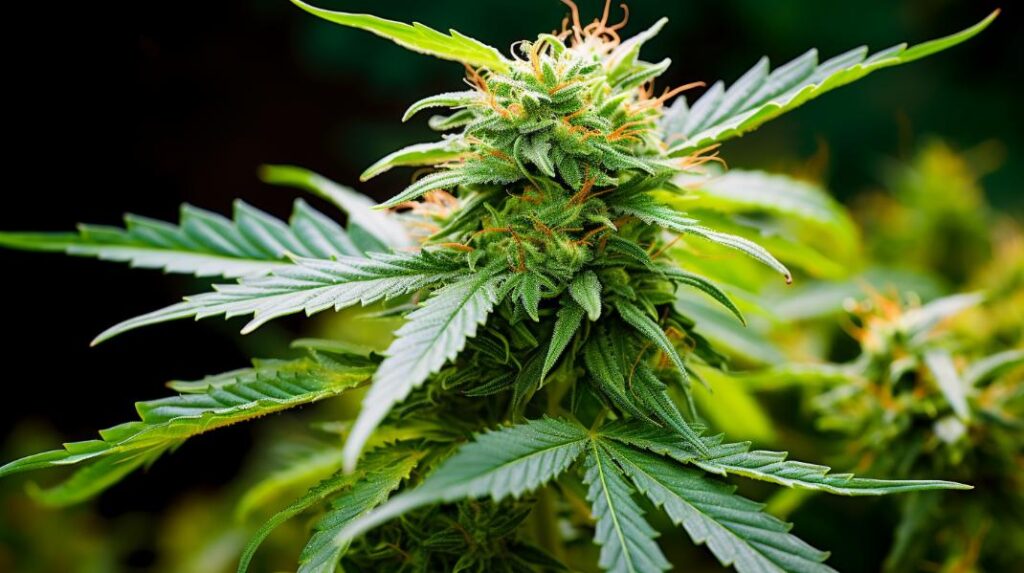
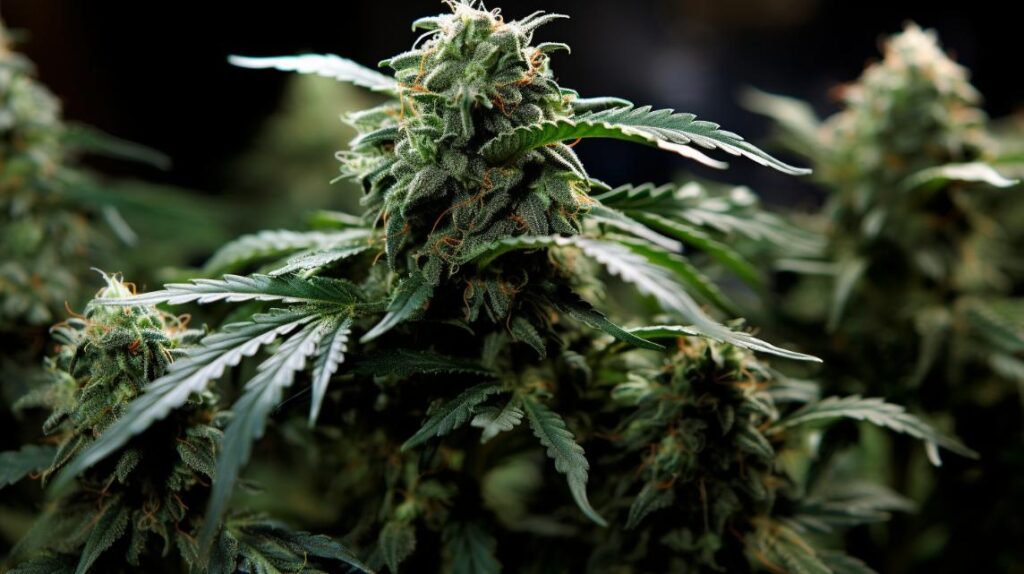
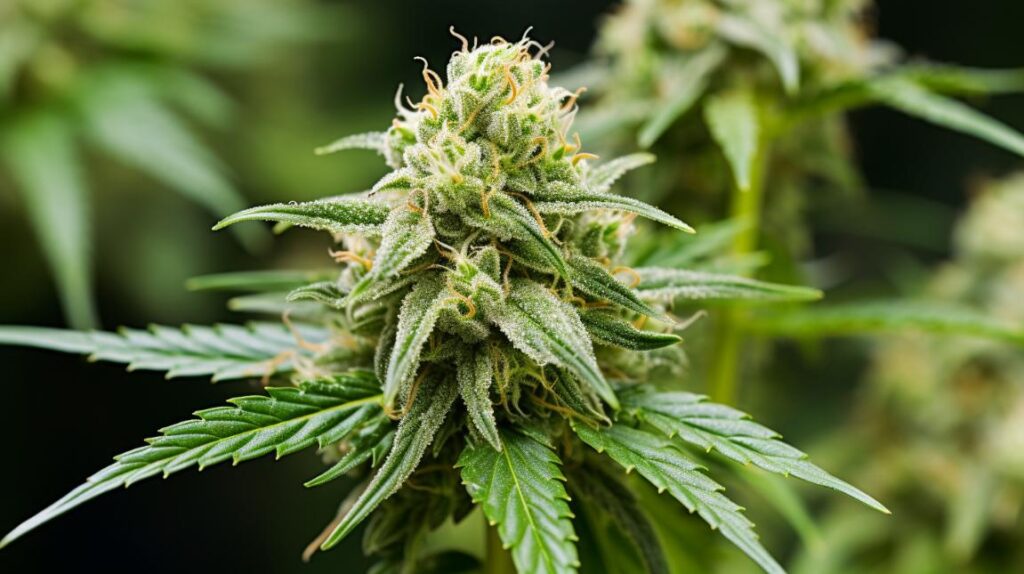
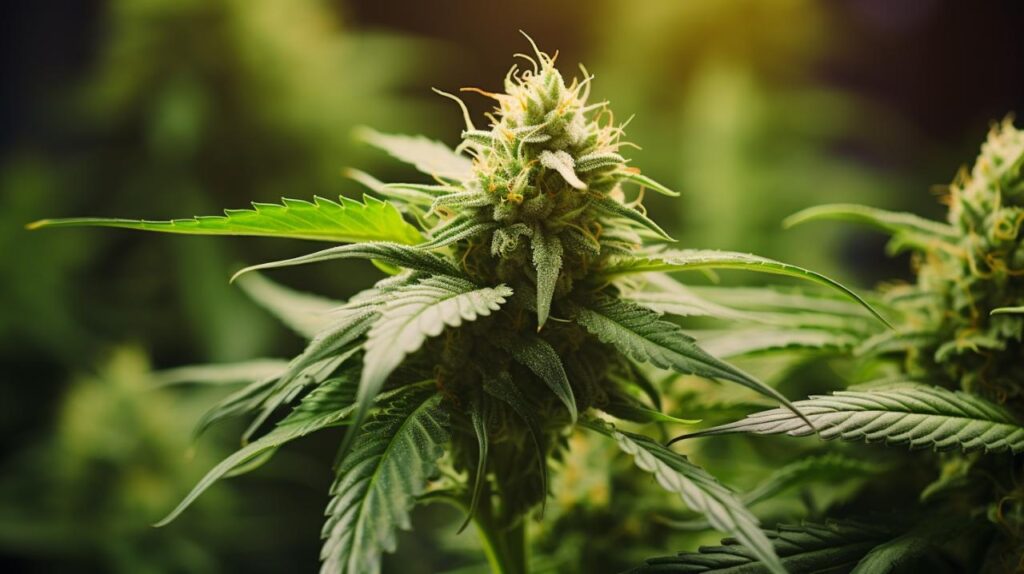
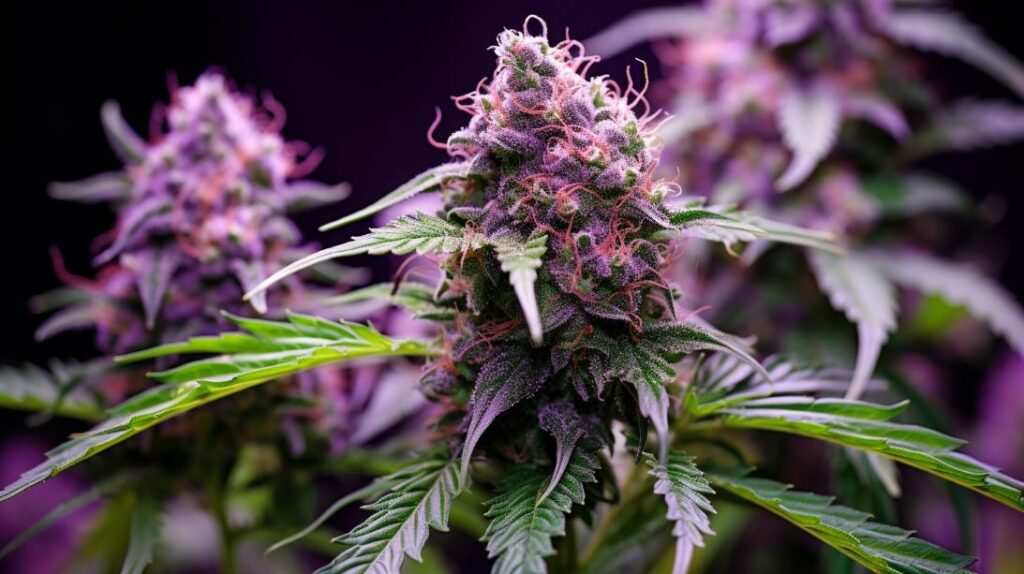

Responses